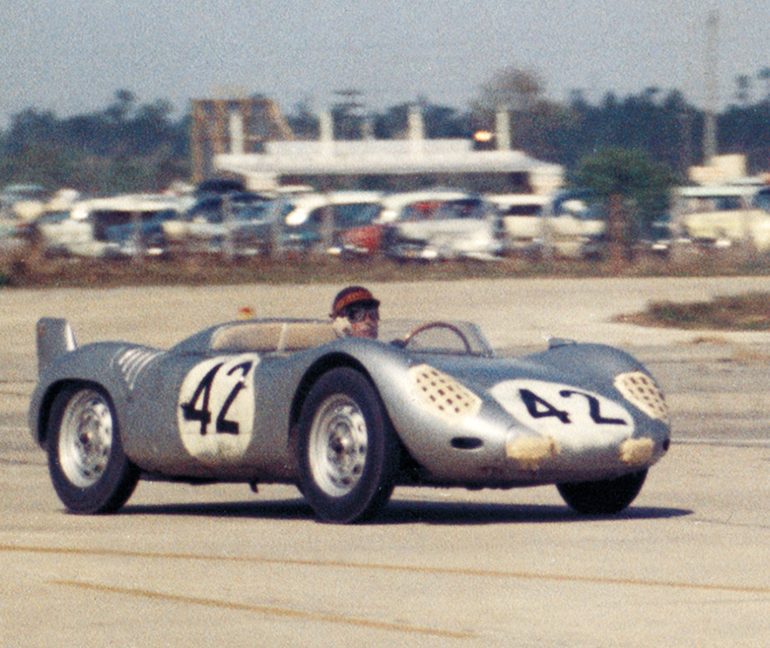Immediately after the Second World War, Jean-Pierre Wimille, Louis Chiron, Philippe Etancelin, and Raymond Sommer carried France’s colors back into battle on the motor racing circuits of the world. But Wimille crashed his Simca-Gordini and was killed while practicing for the Grand Prix of Buenos Aires on January 28, 1949. Raymond Sommer left us in the Circuit de Cadours in an 1,100-cc Cooper on October 19, 1950. All the while, old campaigners Chiron and Etancelin were winding down their careers. So France was without a Grand Prix gladiator until 1951, when the diminutive, 30-year-old Jean Behra decided to race cars instead of motorcycles, on which he had won four French championships.
Unfortunately, Jean was one of those drivers who put his heart and soul into his motor racing, but did not end up with much to show for it. He started in a Maserati 4CLT San Remo and a 4.5-liter Talbot, but made his name in the sport trying desperately to drag Amedée Gordini’s technically, mechanically and financially below-par little cars to victory, which he did against all odds.




